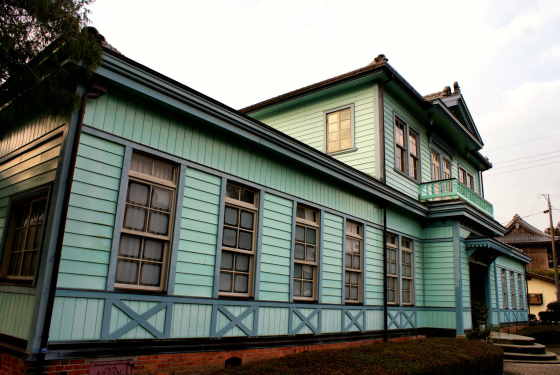Japan is quite famous for the variety of brightly colored and diverse designs of its manhole and drain covers. I used to regularly post on the hundreds of designs I have encountered in western Japan, but those posts have never been popular with my readers. However, on my recent post-pandemic excursions I have come across some new ones......this first one depicts Ganryuji Falls, a picturesque waterfall not far from me
Just got back from a trip to Hiroshima, and noticed a new design that commemorats the Saigoku Kaido, the Edo period highway that ran through Hiroshima on its way from Kyoto to Shimonoseki, and that is almost identical to the Sanindo, the ancient imperial highway.
Yoshinogari is a huge archeological site with reconstructed buildings near Saga. Touted as the home of the legendary Himiko, "queen of japan", in all probability it wasn't.
Also in northern Kyushu is the city of Tagawa, and one of their designs feature the cities official flower, the azalea.
However, while historical and natural features and sites are common, increasingly manhole cover design is shifting to manga, anima, and computer game-derived designs, no doubt with "sponsorship" from said companies.
These two designs are from Saga and feature Zombie Land Saga, an anime about an "idol" group of schoolgirl zombies formed to promote and regenerate Saga. The designs feature zombie schoolgirls with Saga icons, the top one being a statue of Naomasa Nabeshima, Daimyo of Saga, and the lower one featuring the famous Saga International Balloon Festival
Another series of designs in Saga features characters from the computer game Romancing SaGa. As far as I can figure there is no connection with Saga itself, rather than the name.
Yura, a coastal village in Tottori , is the hometown of the author of the Detective Conan originally a manga character but also now anime. Tottortori airport has been renamed Conan Airport, and some trains have been repainted inside and out featuring Conan characters
However, all over Japan are appearing manhole covers featuring pokemon. There are hundreds of them, each one unique. This one is in Kaike Onsen, a seaside hot spring resort in western Tottori. I must admit I know nothing about pokemon except it is very popular. I believe these manholes are a feature of the pokemon go smartphone game































































